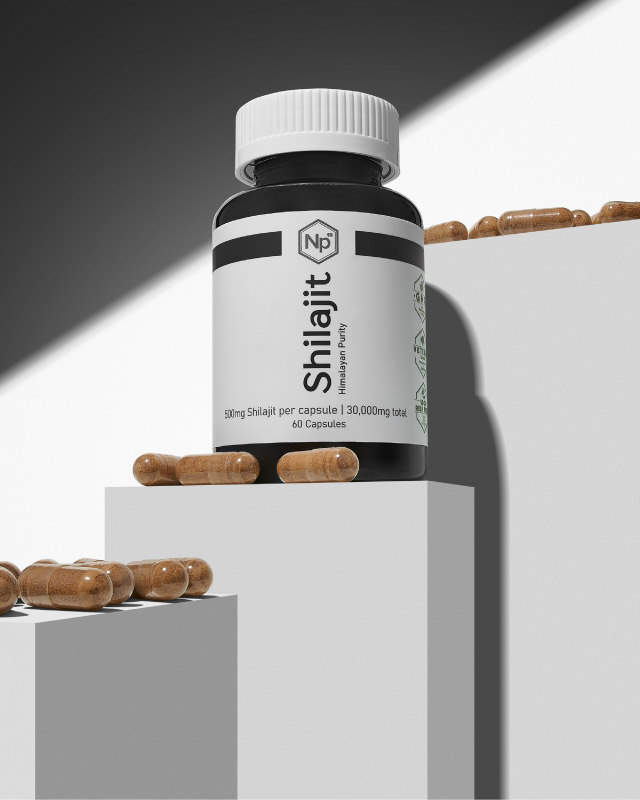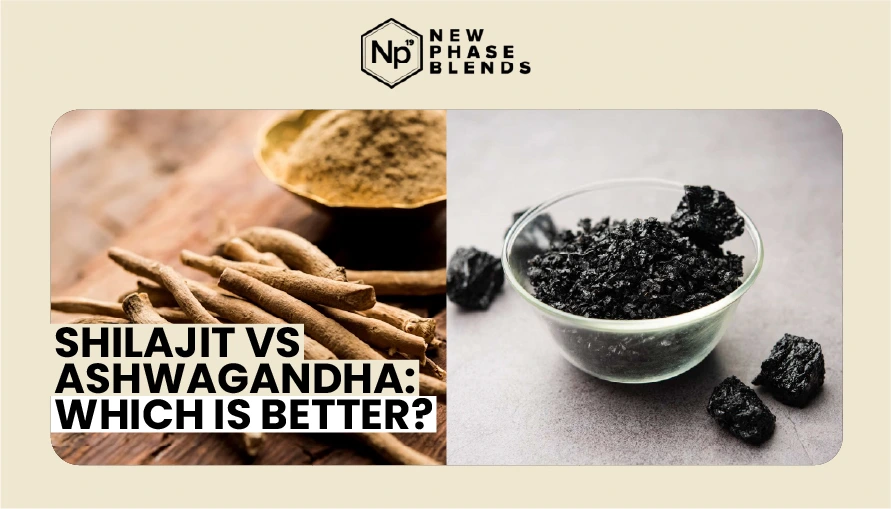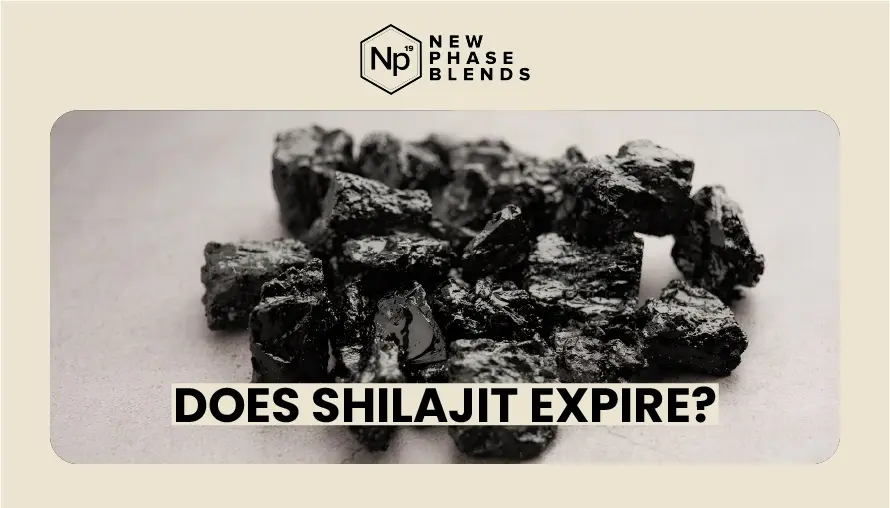For centuries, traditional healers in the Himalayan region have treasured a unique substance known as shilajit – a tar-like resin that seeps from high-mountain rocks during summer months. Today, this ancient superfood is gaining recognition in the modern wellness community for its remarkable nutritional profile and potential health benefits. In this comprehensive guide, we’ll explore everything you need to know about shilajit, from its origins to its applications in contemporary health practices.
What is Shilajit?
Shilajit, known by various names across different cultures (salajit, shilajatu, mumijo, moomiyo, or mineral pitch), represents one of nature’s most complex and intriguing substances. Natural shilijat looks like a blackish-brown, tar-like resin. This is a of the result of a centuries-long natural process where plant material and organic compounds are gradually transformed through intense pressure and the unique mineral-rich environment of mountainous regions, primarily the Himalayas. The name “shilajit” itself comes from Sanskrit, where “shila” means rock and “jit” means to conquer or overcome, reflecting its ability to seep from rock fissures when heated by the sun.

What makes shilajit particularly remarkable is its incredibly dense nutritional profile. The substance contains over 84 minerals in their ionic form, making them highly bioavailable to the human body. These minerals include essential elements like iron, zinc, and magnesium, along with trace minerals rarely found in modern diets. The presence of fulvic acid, which makes up 60-80% of its composition, and humic acid sets shilajit apart from other mineral supplements. These organic compounds act as natural catalysts, helping transport nutrients into deep tissues while supporting the body’s natural detoxification processes.
Beyond its mineral content, shilajit contains a spectrum of other beneficial compounds including dibenzo-alpha-pyrones, hippuric acid, fatty acids, ellagic acid, and essential amino acids. These components work synergistically, creating what traditional Ayurvedic medicine refers to as a “rasayana” or rejuvenating substance. Modern research has begun to validate this ancient wisdom, showing how these compounds support cellular energy production, immune function, and overall vitality.
How is Shilajit Formed?
Shilijat is formed by a fascinating natural process that occurs over hundreds of years. During warm summer months, this blackish-brown resin exudes from layers of rock in high-altitude regions, typically between 1000-5000 meters above sea level. The substance’s primary components include fulvic acid, which makes up approximately 40-50% of its composition, and humic acid, comprising 15-20%. Additionally, shilajit contains a rich array of minerals including iron, zinc, magnesium, copper, and silver in their ionic forms, as well as essential vitamins A, B, C, and D, amino acids, and various beneficial phytochemicals.
Traditional Uses and History of Shilajit
In Ayurvedic medicine, shilajit has earned the prestigious titles of “destroyer of weakness” and “conqueror of mountains.” Traditional healers have long valued this substance for its remarkable ability to promote rejuvenation and combat aging processes. Throughout shilajits’ history, it has been used to enhance energy levels, support cognitive function, strengthen the immune system, maintain joint and bone health, and improve digestive function.

Scientific Research and Modern Benefits
While ancient healers understood shilajit’s benefits through centuries of practical application, modern science has now unlocked the mechanisms behind its remarkable properties. Advanced research techniques have revealed that shilajit’s complex molecular structure – rich in fulvic acid, minerals, and bioactive compounds – directly influences cellular health and biological processes.
Through rigorous clinical studies and laboratory analysis, researchers have not only validated traditional knowledge but also discovered new applications for this remarkable substance. These scientific insights have transformed shilajit from a traditional remedy into a well-documented supplement backed by empirical evidence. Check out our article on the benefits of shilajit to read more about how this ancient supplement can help you.
Energy and Vitality
Recent clinical research in the Journal of International Society of Sports Nutrition (2019) has revealed compelling evidence for shilajit’s effects on physical performance and muscle strength. A comprehensive eight-week study involving recreationally-active men demonstrated significant performance benefits, particularly at higher dosages. The research, which examined subjects using standardized strength testing protocols, found that participants taking 500mg of shilajit daily showed remarkable improvements in muscle strength retention following intensive exercise.
The study specifically revealed that individuals taking the 500mg daily dose experienced significantly less strength decline after a fatiguing exercise protocol compared to those taking a lower dose or placebo. Those in the higher-dose group showed only an 8.9% decline in maximal voluntary strength after intense exercise, while the placebo group experienced a 16% decline – nearly double the strength loss.
Mental Clarity and Memory Enhancement
Scientific research has unveiled shilajit’s promising role in supporting cognitive function, particularly through its fulvic acid content. According to the International Journal of Alzheimer’s Disease (2012) has demonstrated that fulvic acid, the main active component in shilajit, has a unique ability to block tau protein self-aggregation – a significant finding for cognitive health research. This mechanism opens new avenues for understanding how shilajit might support long-term brain health.
In controlled studies, researchers have observed impressive results when examining shilajit’s effects on brain cells. According to laboratory research mentioned in The Effects of Shilajit on Brain Edema, Intracranial Pressure and Neurologic Outcomes following the Traumatic Brain Injury in Rat (2013) on rat hippocampal cells showed that shilajit treatment resulted in a significant increase in the percentage of cells with neuronal processes, jumping from 18% in control groups to 26% with shilajit supplementation. Even more notably, the length of these neural processes increased from 17.4 micrometers to 26.0 micrometers, suggesting shilajit’s potential role in supporting neural connectivity and health.
Immune System Support
Research has demonstrated shilajit’s significant impact on immune function and antioxidant activity through multiple pathways. In controlled studies, shilajit supplementation has been shown to enhance several key markers of immune system function and antioxidant defense mechanisms.
The compound’s effects on antioxidant activity are particularly noteworthy. Scientific research has documented that shilajit supplementation increases the activity of crucial antioxidant enzymes in the body, including superoxide dismutase (SOD), glutathione peroxidase (GPx), and glutathione reductase (GR). These enzymes play vital roles in protecting cells from oxidative stress and supporting overall immune function.
Beyond its antioxidant properties, Fish and Shellfish Immunology (2016) states that shilajit has demonstrated the ability to enhance phagocytic activity – a crucial component of the body’s natural immune response. Research has shown that appropriate dosing is key to achieving optimal benefits, with moderate doses showing more favorable outcomes than higher amounts. This finding aligns with traditional wisdom about the importance of proper shilajit dosing.
The research particularly highlights the synergistic nature of shilajit’s components, suggesting that its complex mixture of fulvic acid, minerals, and other compounds works together to support both immediate and long-term immune system function. These findings support shilajit’s traditional use as an immune system tonic and offer scientific validation for its role in modern wellness protocols.
Hormonal Balance of Testosterone
Clinical research has provided compelling evidence for shilajit’s effects on hormonal health, particularly in men. A rigorous double-blind, placebo-controlled study involving healthy men aged 45-55 years demonstrated significant hormonal benefits when taking shilajit at a dose of 250mg twice daily for 90 days.
According to trial findings mentioned in Clinical evaluation of purified Shilajit on testosterone levels in healthy volunteers (2015) about shilajit’s impact on male hormonal health:
- Total testosterone levels increased significantly compared to placebo
- Free testosterone, the biologically active form, showed marked improvement
- DHEAS (dehydroepiandrosterone) levels increased notably
- The body’s natural production of gonadotropic hormones (LH and FSH) remained well-regulated
These results are particularly significant because they come from a well-designed clinical trial that used proper controls and standardized measurements. The study’s 90-day duration provided clear evidence that shilajit can support healthy hormone levels when taken consistently at the research-backed dose of 500mg daily (divided into two 250mg servings).
How to Choose a Quality Shilajit Supplement
Selecting a high-quality shilajit supplement requires careful consideration of several key factors. The best products originate from high-altitude regions in the Himalayas and come with comprehensive documentation, including certificates of analysis, third-party testing results, purification documentation, and heavy metal testing results.

Processing methods play a crucial role in maintaining the supplement’s efficacy. Look for products that utilize traditional water extraction methods, low-temperature processing, proper purification techniques, and standardization of active compounds.
Shilajit is available in several forms, each offering unique advantages. The traditional resin form is considered most potent, while powders offer convenience for daily supplementation. Capsules provide standardized dosing, and liquid extracts may offer enhanced absorption.
How to Take Shilajit: Timing and Serving Size Guide
When it comes to taking shilajit, clinical studies and traditional use suggest starting with 100-150mg twice daily, gradually increasing to a maintenance dose of 300-500mg daily. Athletes may benefit from 500mg pre-workout, while those seeking cognitive support often find success with 250mg twice daily.
For optimal results, take shilajit with warm water on an empty stomach. The warmth helps the resin dissolve more effectively, potentially improving absorption. Maintain consistent daily supplementation, but consider cycling usage with three months of regular use followed by a one-month break.
Legal Status of Shilajit in the United States
In the United States, shilajit is regulated by the Food and Drug Administration (FDA) under the Dietary Supplement Health and Education Act (DSHEA) of 1994. As a dietary supplement, shilajit must comply with several important regulatory requirements:
Manufacturing Standards: Producers must follow current Good Manufacturing Practices (cGMP), which include strict protocols for:
- Quality control testing
- Clean manufacturing facilities
- Proper labeling
- Batch testing
- Record keeping
- Staff training
Labeling Requirements: All shilajit products must include a Supplement Facts panel and clearly identify the product as a dietary supplement. Labels must accurately represent the contents and cannot make specific disease treatment claims.
Safety Documentation: While pre-market approval isn’t required, manufacturers must maintain documentation demonstrating their product is safe and must report any serious adverse events to the FDA.
International Regulations of Shilajit
The legal status and regulation of shilajit varies internationally:
European Union: Shilajit is generally permitted as a food supplement, though specific regulations vary by member state. Some countries may require additional documentation or testing.
Canada: Health Canada regulates shilajit as a Natural Health Product (NHP), requiring a Natural Product Number (NPN) for legal sale.
Australia and New Zealand: The Therapeutic Goods Administration (TGA) oversees shilajit products, which must be listed on the Australian Register of Therapeutic Goods (ARTG).
Are Shilajit Supplements Safe?
While generally safe, shilajit may interact with certain medications, including iron supplements, blood pressure medications, blood sugar medications, and some antibiotics. At New Phase Blends, we recommend prioritizing safety through rigorous testing protocols, standardization of active compounds, third-party laboratory verification, and transparent sourcing practices.
The growing popularity of shilajit necessitates responsible sourcing practices. Our commitment to sustainability includes ethical sourcing, environmental consciousness, fair trade certification, and proper documentation. We actively support traditional harvesting methods, implement conservation practices, work closely with local communities, and carefully monitor environmental impact. Check out our guide on the side effects of shilajit for more information.
What Supplements Pair With Shilajit?
Shilajit works synergistically with several other supplements, including CoQ10 for energy production, vitamin D for immune support, B-complex vitamins for cognitive function, and adaptogenic herbs for stress management. The fulvic acid in shilajit helps enhance the bioavailability of these complementary nutrients, potentially making them more effective when taken together.
Research suggests that the mineral-rich composition of shilajit may help transport these nutrients more efficiently to cells throughout the body. To maximize benefits, combine supplementation with regular exercise, proper hydration, balanced nutrition, effective stress management, and adequate sleep.
Conclusion: Embracing Ancient Wisdom for Modern Health
Shilajit represents a powerful bridge between traditional healing wisdom and modern wellness practices. Its unique composition of minerals, fulvic acid, and other beneficial compounds makes it a valuable addition to any health-conscious individual’s supplement regimen. As research continues to validate its traditional uses, shilajit’s role in supporting energy, cognition, and overall vitality becomes increasingly clear.
The science supporting shilajit’s benefits continues to grow, validating what traditional healers have known for centuries. Whether you’re an athlete looking to enhance performance, a professional seeking cognitive support, or someone interested in natural approaches to health maintenance, shilajit offers a time-tested solution backed by modern science.
Ready to experience the benefits of premium-quality shilajit? Explore some brands that New Phase Blends recommends based on rigorously tested shilajit products and customer reviews.






















